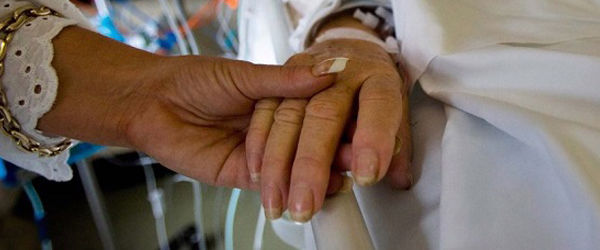As part of National Child Abuse Prevention Month in April, the U.S. Conference of Catholic Bishops and its Office of Child and Youth protection have prepared a list of online resources for parents, teachers and all who work with youth to consult, in the interest of protecting children from harm.—www.apa.org/topics/topicsabuse.html: American Psychological Association Resources about Child Abuse.—www.cfchildren.org: Programs and prevention curricula focus on the topics of youth violence, bullying, child abuse, and personal safety.—www.darkness2light.org/default.asp: Resource site and materials to provide adults with information to prevent, recognize, and react responsibly to reduce child sexual abuse through education and public awareness. Educational booklets, bookrack cards, and posters are available in English and Spanish.—www.fbi.gov: Federal Bureau of Investigation site with resources for Internet safety for parents, Kids Page for K-12 students, and child safety tips. —http://www.fbi.gov/hq/cid/cac/registry.htm: The FBI’s sexual offenders registry. —http://www.fbi.gov/hq/cid/cac/crimesmain.htm: The FBI’s crimes against children page.—www.missingkids.com and/or www.ncmec.org: The National Center for Missing and Exploited Children web site, a comprehensive resource for educators, parents & guardians, childcare providers, attorneys, and media, providing information about missing children, reporting exploitation, keeping children & teens safe, and child/teen sexual exploitation prevention.—www.NetSmartz.org: The NetSmartz Workshop is an interactive, educational safety resource from the National Center for Missing & Exploited Children (NCMEC) and Boys & Girls Clubs of America (BGCA) for children aged 5 to 17, parents, guardians, educators, and law enforcement that uses age-appropriate, 3-D activities to teach children and teens how to stay safer on the Internet.—www.NetSmartz411.org: Premier online resource and Help Desk for answering questions about Internet safety, computers, the Web, and a knowledge base for answers to questions about the online world.—www.nfcym.org: The National Federation for Catholic Youth Ministry site provides information for youth ministry coordinators to support a pastoral response to young people, to foster awareness of and education on sexual abuse issues, and to promote authentic dialogue.—www.nsopr.gov: U.S. Department of Justice National Sex Offender Public Offender Registry.—www.safeyouth.org/scripts/index.asp: National Youth Violence Prevention Resource Center is a federal resource for communities working to prevent violence committed by and against young people. Its mission is to provide key leaders in communities with dynamic resources to help support their efforts to plan, develop, implement, and evaluate youth violence prevention efforts.¬¨—http://www.nctsnet.org: Established by Congress in 2000, the National Child Traumatic Stress Network (NCTSN) is a unique collaboration of academic and community-based service centers whose mission is to raise the standard of care and increase access to services for traumatized children and their families across the United States. Combining knowledge of child development, expertise in the full range of child traumatic experiences, and attention to cultural perspectives, the NCTSN serves as a national resource for developing and disseminating evidence-based interventions, trauma-informed services, and public and professional education.In the Archdiocese of Los Angeles, the Safeguard the Children Office can be reached at (213) 637-7227, [email protected], or at http://www.la-archdiocese.org/org/protecting/safeguard/Pages/default.aspx.

